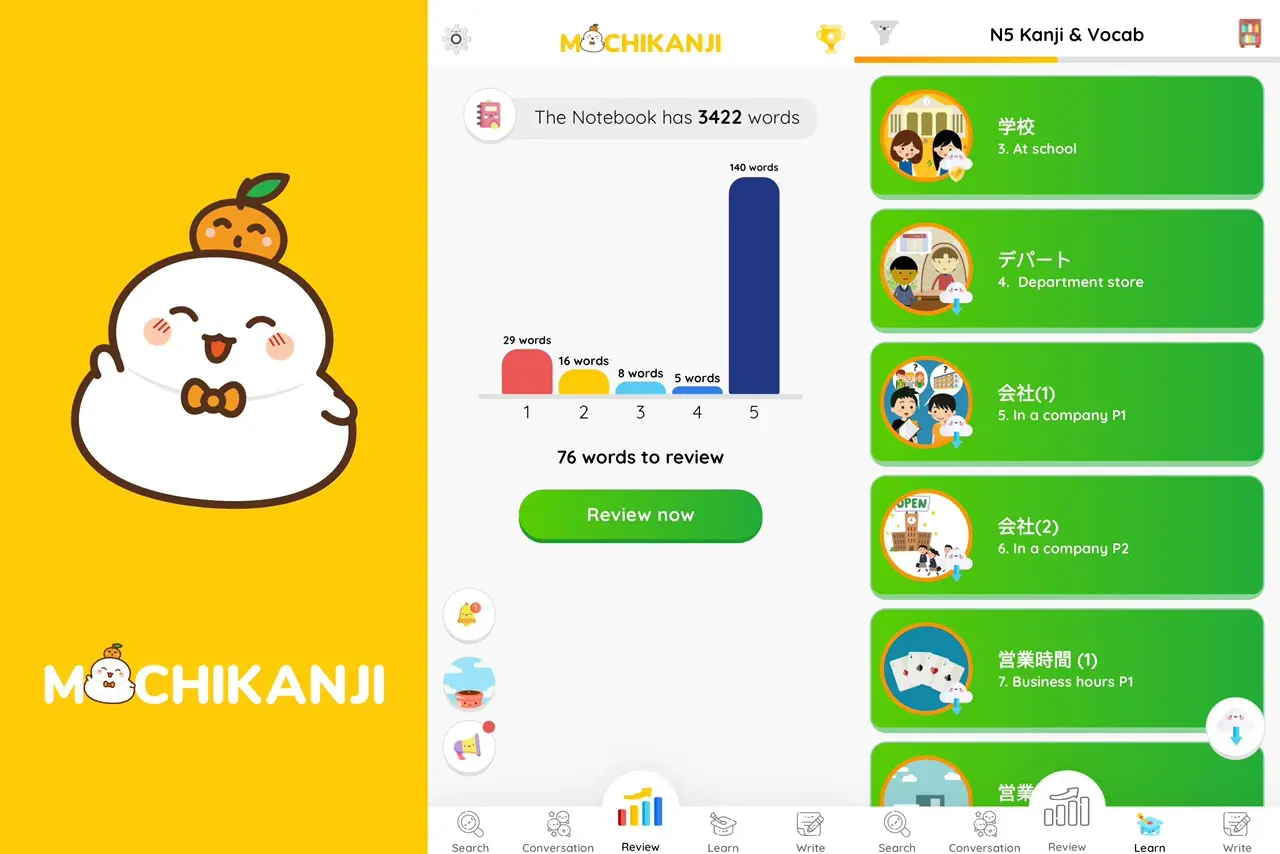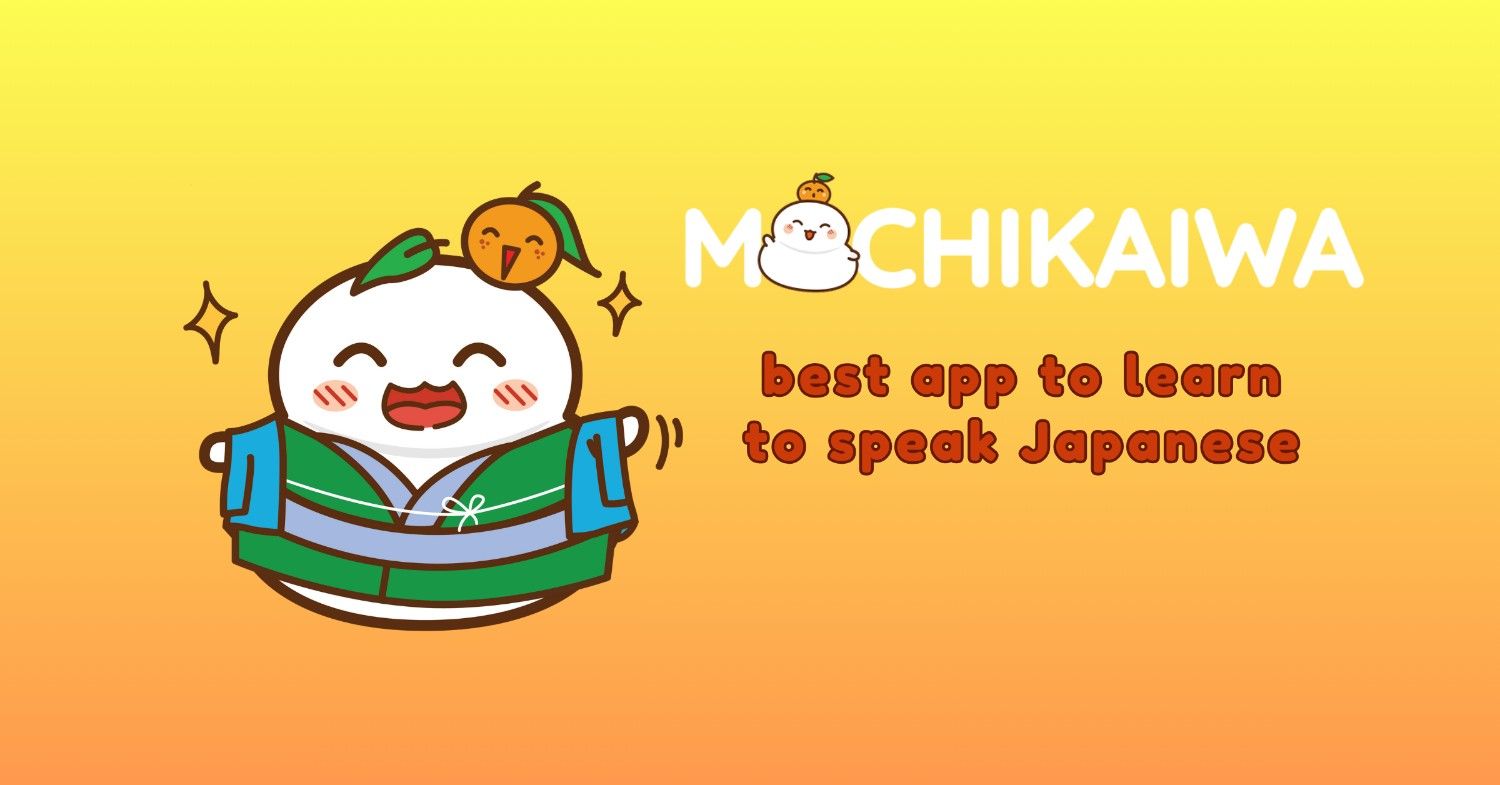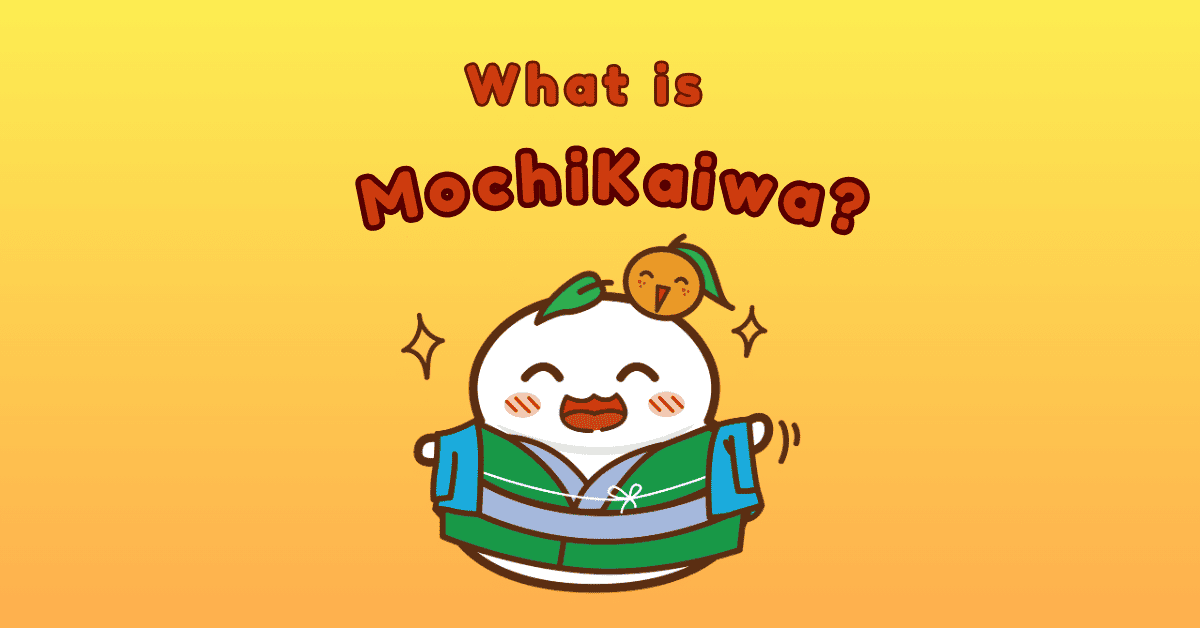Learning a new language is always a challenge, but some languages are particularly difficult for English speakers to master. Japanese is often cited as one of the hardest languages for English speakers to learn. In this article, we’ll explore why Japanese is so challenging and provide tips on how to overcome these obstacles.
- Top 5 Reasons Why Japanese is the Hardest Language for English Speakers
- Tips for Learning Japanese Easier
- FAQs

Top 5 Reasons Why Japanese is the Hardest Language for English Speakers
1. The Writing System: Hiragana, Katakana, and Kanji
The Japanese writing system is one of the most complex in the world, comprising three different scripts: Hiragana, Katakana, and Kanji.
- Hiragana is a syllabary used for native Japanese words and grammatical functions. There are 46 basic Hiragana characters, each representing a syllable.
- Katakana is another syllabary, used primarily for foreign words, names, and technical terms. Like Hiragana, it also has 46 characters.
- Kanji are logographic characters borrowed from Chinese, with each character representing a word or concept. There are thousands of Kanji characters, and even native speakers might not know them all.
Learning Hiragana and Katakana is relatively straightforward, but Kanji is a different beast. Each Kanji character has multiple readings and meanings, making memorization a significant hurdle. For example, the character 生 can be read as “sei,” “shō,” or “nama,” depending on the context. This complexity is a major reason why Japanese is hard for English speakers to learn.
2. The Grammatical System
Japanese grammar is fundamentally different from English grammar, which can be confusing for learners.
- Sentence Structure: Japanese sentences typically follow a Subject-Object-Verb (SOV) order, unlike the Subject-Verb-Object (SVO) order used in English. For example, in English, you would say, “I eat sushi.” In Japanese, it’s “私は寿司を食べます” (Watashi wa sushi wo tabemasu), which translates to “I sushi eat.”
- Particles: Japanese uses particles to indicate the grammatical function of words in a sentence. For instance, “が” (ga) marks the subject, “を” (wo) marks the object, and “に” (ni) indicates direction or time. These particles have no direct equivalents in English, adding another layer of complexity.
- Verb Conjugations: Japanese verbs conjugate based on tense and politeness, but unlike English, they do not change based on the subject. For example, the verb “to eat” (食べる, taberu) changes to “食べます” (tabemasu) in polite form and “食べた” (tabeta) in past tense.
Understanding and applying these grammatical rules can be challenging, especially for English speakers accustomed to a different system.
3. Keigo: Politeness Speech
Politeness speech or keigo, is a cornerstone of Japanese communication, reflecting social hierarchies and relationships. Keigo is divided into three main categories:
- Sonkeigo (尊敬語): Respectful language used to elevate the status of the listener or a third party. For example, the verb “to do” (する, suru) becomes “なさる” (nasaru) in Sonkeigo.
- Kenjōgo (謙譲語): Humble language used to lower the speaker’s status. The verb “to do” (する, suru) changes to “いたす” (itasu) in Kenjōgo.
- Teineigo (丁寧語): Polite language used in everyday interactions. For example, “です” (desu) and “ます” (masu) are common polite endings.
Mastering Keigo is challenging because it requires an understanding of social contexts and relationships, which can be quite different from those in English-speaking cultures. Using the wrong level of politeness can lead to misunderstandings or even offense.
4. Variants and Dialects
Japan has numerous regional dialects (方言, hōgen), each with its own unique vocabulary, grammar, and pronunciation. Some of the major dialects include:
- Kansai-ben: Spoken in the Kansai region, including Osaka and Kyoto. It has distinct intonation and expressions. For example, “ありがとう” (arigatou, thank you) is often shortened to “おおきに” (ookini).
- Hakata-ben: A dialect from Fukuoka in Kyushu, known for its unique sentence endings like “と” (to) instead of “ね” (ne).
- Tohoku-ben: Found in the Tohoku region, characterized by its slower speech and unique expressions.
For English speakers, learning standard Japanese (標準語, hyōjungo) is already a challenge. Adding dialects into the mix can be overwhelming, as it requires additional study and exposure to different regional nuances.
5. Fast Speaking Speed
Japanese is spoken at a relatively fast pace, with a high syllable rate compared to English. This can make it difficult for learners to keep up with conversations, especially when native speakers use contractions, slang, and colloquialisms. Listening comprehension is crucial, and the speed at which Japanese is spoken can be a significant barrier for English speakers.
Tips for Learning Japanese Easier
Despite these challenges, there are ways to make learning Japanese more manageable. Here are some tips:
1. Start with Hiragana and Katakana
Begin your Japanese studies by mastering Hiragana and Katakana. These syllabaries are the foundation of the writing system and will help you read basic Japanese texts. Use flashcards, apps like MochiKana, and writing practice to memorize these characters.
2. Build a Strong Vocabulary Base
Focus on learning common words and phrases that you’ll use in everyday conversation. Use language learning apps like MochiKana to learn with flashcards and practice regularly using the ultimate Spaced Repetition System, specializing in language learning. Contextual learning, such as using new words in sentences, can also help with retention.
3. Practice Listening and Speaking
Listening to Japanese podcasts, watching anime or dramas, and practicing speaking with native speakers can improve your listening comprehension and speaking skills. Platforms like iTalki or HelloTalk allow you to connect with native speakers for language exchange.
4. Learn Kanji Gradually
Don’t try to learn all Kanji at once. Start with the most common characters and gradually expand your knowledge. Use mnemonic devices to remember the shapes and meanings of characters.

In addition to traditional study methods, I started using MochiKanji to enhance my Kanji learning. The Golden Time feature in MochiKanji has been particularly beneficial. It helps me review and reinforce Kanji characters at optimal times, ensuring that I retain information more effectively. This daily practice, combined with MochiKanji’s advanced features, has been crucial for steadily improving my skills and gaining confidence in using the language.
5. Immerse Yourself in the Language
Immerse yourself in Japanese as much as possible. Change the language settings on your devices to Japanese, follow Japanese social media accounts, and read Japanese books or articles. Immersion helps reinforce what you’ve learned and improves your overall fluency.
6. Understand Cultural Context
Learning about Japanese culture and social norms can help you understand the language better. Watch documentaries, read books, and engage with Japanese communities to gain insights into cultural contexts that influence language use.
7. Take Advantage of Language Learning Resources
There are numerous resources available for learning Japanese, from textbooks and online courses to apps and language exchange programs. Find resources that suit your learning style and make use of them regularly. Joining a language class or study group can also provide structure and support.
8. Stay Consistent and Patient
Language learning is a long-term commitment, and progress can be slow at times. Stay consistent with your studies, practice regularly, and be patient with yourself. Celebrate small victories and keep motivated by setting achievable goals.
In conclusion, while Japanese is undoubtedly a challenging language for English speakers, with the right strategies and resources, it’s possible to overcome these difficulties and achieve fluency. Embrace the journey, and you’ll find that learning Japanese can be a rewarding and enriching experience.
FAQs
How long does it realistically take to learn Japanese?
The time it takes to learn Japanese can vary widely depending on several factors, including your prior language experience, the intensity of your study, and the resources you use. For an average learner dedicating a few hours a week, reaching a basic conversational level may take around 1-2 years. Achieving fluency, including reading and writing proficiency, might take 3-5 years of consistent study and practice. Intensive language programs and immersion experiences can accelerate this process. The Foreign Service Institute (FSI) estimates that it takes approximately 2,200 class hours to reach professional working proficiency in Japanese.
Is learning Japanese difficult?
Learning Japanese can be challenging, particularly for native speakers of English or other non-Asian languages. Key difficulties include:
- Complex Writing System: Japanese uses three scripts—Hiragana, Katakana, and Kanji—where Kanji (Chinese characters) can be particularly daunting due to the need to learn thousands of characters.
- Grammar and Sentence Structure: Japanese grammar is quite different from English, with a subject-object-verb (SOV) order, which can be confusing for beginners.
- Pronunciation and Intonation: Japanese has relatively few sounds compared to English, but pitch accent can affect meaning and is crucial for correct pronunciation. Despite these challenges, many learners find Japanese to be rewarding and engaging, especially with the right resources and practice strategies.
Is Chinese or Japanese harder?
The difficulty of learning Chinese versus Japanese depends on various factors, including your native language and learning style. Generally:
- Chinese: Mandarin Chinese is known for its tonal nature, where pitch changes can alter word meanings, and it uses a large number of characters (Han characters). The grammar is relatively straightforward compared to Japanese, but the tones and characters can be difficult for learners.
- Japanese: Japanese has a complex writing system with three scripts and intricate grammar rules. The lack of tones in Japanese may make it easier to pronounce compared to Chinese, but mastering Kanji and understanding the subtle nuances in grammar can be challenging. Ultimately, the perceived difficulty of each language is subjective and can vary based on personal strengths and learning preferences.
Can an average person learn Japanese?
Yes, an average person can learn Japanese with dedication and consistent effort. Success in learning Japanese depends on:
- Regular Practice: Consistent study and practice are key to making progress.
- Effective Resources: Using a combination of textbooks, language apps, and immersion opportunities can enhance learning.
- Motivation and Patience: Maintaining motivation and being patient with the learning process are crucial. Setting realistic goals and celebrating small achievements can help sustain interest and progress. Many learners from diverse backgrounds have successfully learned Japanese, proving that with the right approach, it is achievable for the average person.





